Kettle souring with the Grainfather
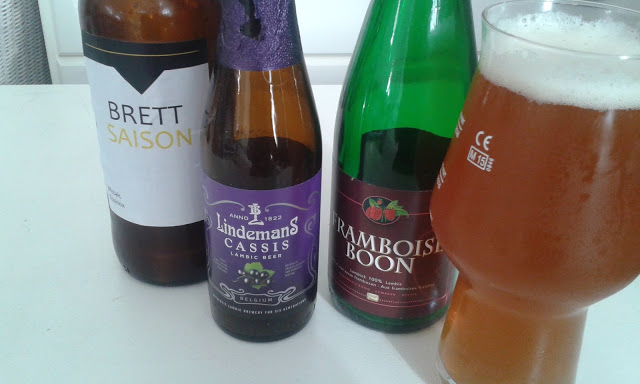
Kettle souring has become extremely popular with homebrewers in recent times. As sour beers grow in popularity brewers are looking for a way to create the complex, sharp, tart and drinkable styles that many people love without having to wait months or even years for the results. Some brewers may opt to achieve this via […]
Small Batch Brewing – What is it and why?

We recently looked into why you might want to brew with large grain bills. This week Dave from our UK office is looking at the opposite end of the scale and talking about why brewers might choose to make smaller batches of beer; “For a lot of brewers (myself included) there is a general assumption […]
Large Grain Bill Brewing – What is it & why do it?
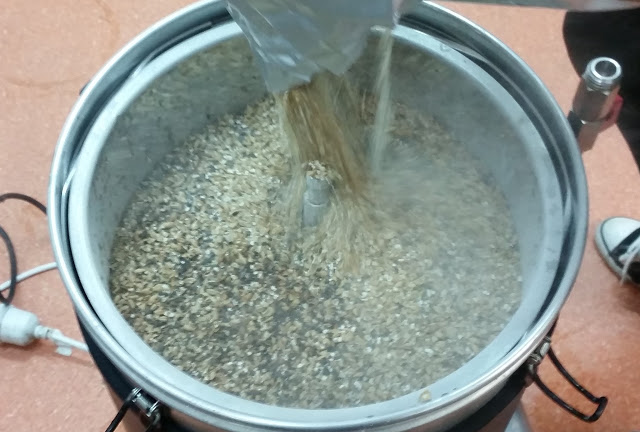
This week Dave in the UK office takes a look into brewing beers with larger grain bills (above 6kg) and the reasons why you might want to do this as well as tips to help with brewing when it comes to larger grain bills. Large grain bill brewing has one very obvious advantage, and that […]
Partial Mash Brewing: What is it & why do it?
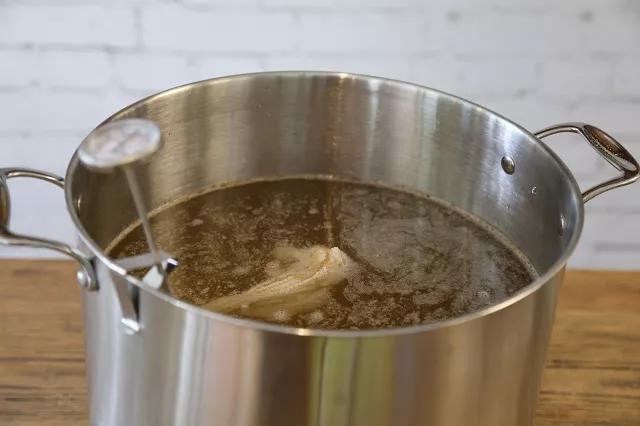
Mashing at it’s most simple is the mixing of crushed malts with water at a chosen temperature. In ‘Brewing; science and practice’ the purpose of performing a mash is described as being ‘to prepare wort of the correct composition, flavour and colour in the highest practical yield and in the shortest time.’ Essentially what you’re […]
Reintroducing Oxygen During Fermentation
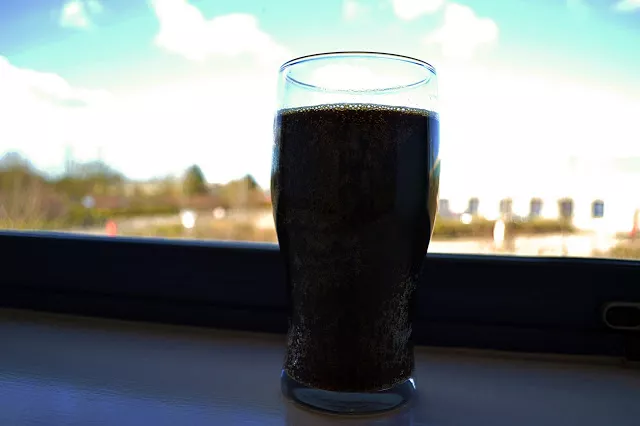
For those of you who read our mash a couple of weeks ago on the methods of aerating wort, you will know that there are very few stages in the brewing process where the introduction of oxygen is desirable and that fermentation in particular is a stage where the introduction of oxygen should be avoided. […]
What is the Function of Boiling Wort?
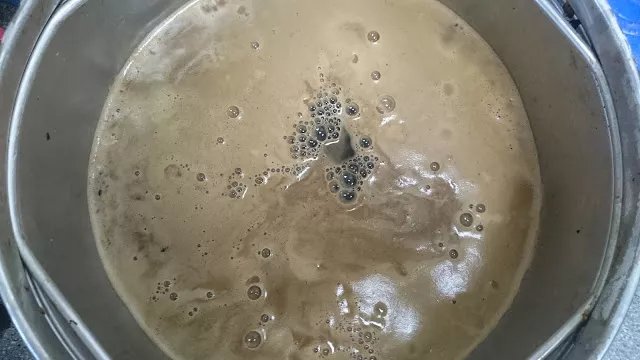
Many homebrewers who are new to all grain brewing ask us if it’s possible to reduce the time spent on their brew day by cutting down the amount of time they spend boiling their wort, Often their thinking is along the lines of ‘if the purpose of boiling the wort is simply to sterilise it, […]
Methods of Aerating Wort

Using a pump and oxygen stone to aerate cool wort Brewers yeast is what is known as a faculative anaerobe which means it is able to grow under both aerobic and anaerobic conditions. In fact, yeast grows maximally under aerobic conditions (meaning, in the presence of oxygen). However, wort fermentation (which we’re concerned with as […]
Using a Hop Spider
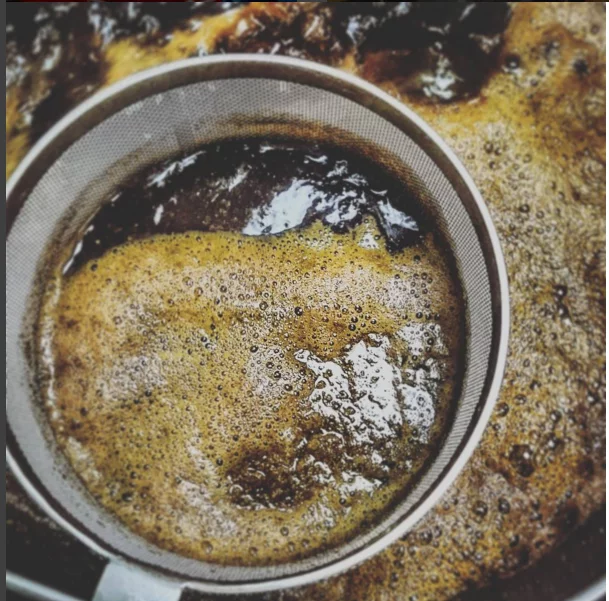
The ‘received wisdom’ in the homebrew world is that using a bag to add your hops in will reduce hop utilisation by around 10% meaning, if you calculate your hop contributions without taking this into consideration your bitterness is going to be around 10% lower than it should be which will negatively affect the balance […]
Tips on Designing a Recipe
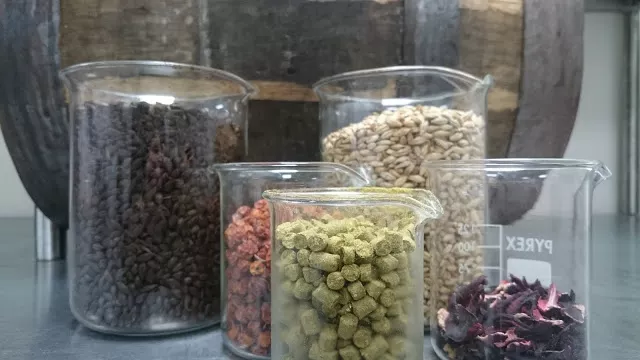
Even if you have made the move to all grain brewing, designing your own recipes can be daunting. There is so much information available to the new brewer that it’s easy to panic about what is relevant and how much you really need to consider when creating your first recipe. As with most things, the […]